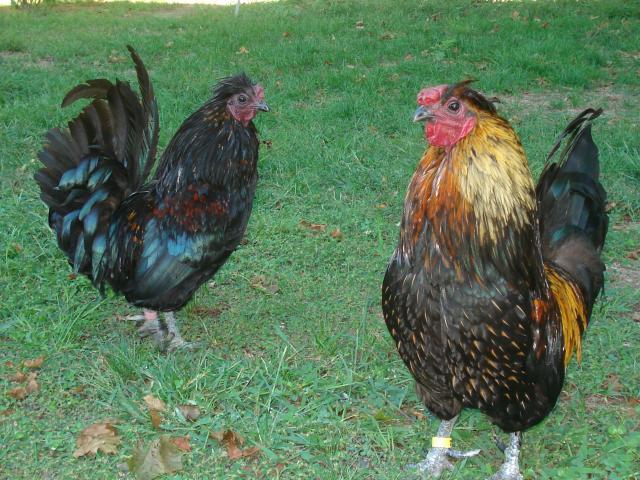Thank you! I'm pretty much set on getting some of these when I am able to keep chickens (and roosters).
 I plan to have an open style coop that has maybe only three walls so they would get a good breeze. It would open straight into a covered run under some shade with plenty of water, of course. When it gets ultra hot maybe they can have a little pan of water to stand in if they want. Our winters are really nice and rarely go below 30* F.
I plan to have an open style coop that has maybe only three walls so they would get a good breeze. It would open straight into a covered run under some shade with plenty of water, of course. When it gets ultra hot maybe they can have a little pan of water to stand in if they want. Our winters are really nice and rarely go below 30* F.
I would love to learn more about these birds and their history with the people that raised them. If you have any other sources of info (besides Resolution's threads, I've already read those
 ), could you direct me to it?
), could you direct me to it?
Thanks,
Emily

I would love to learn more about these birds and their history with the people that raised them. If you have any other sources of info (besides Resolution's threads, I've already read those

Thanks,
Emily



